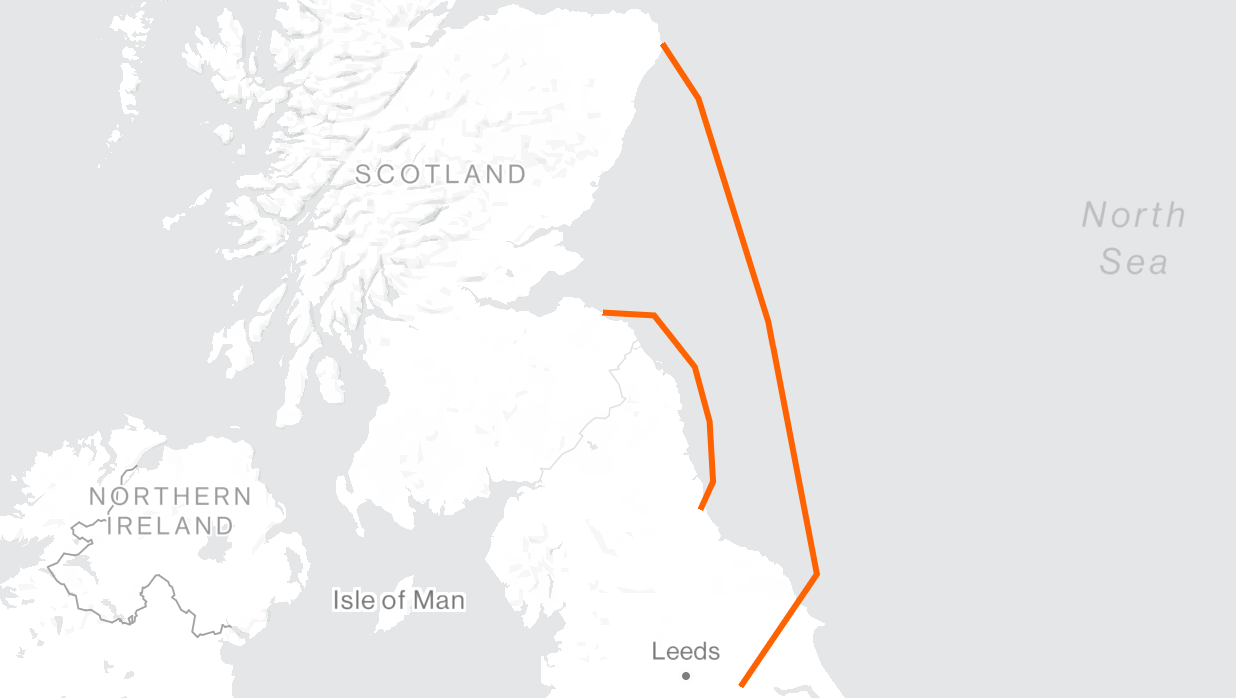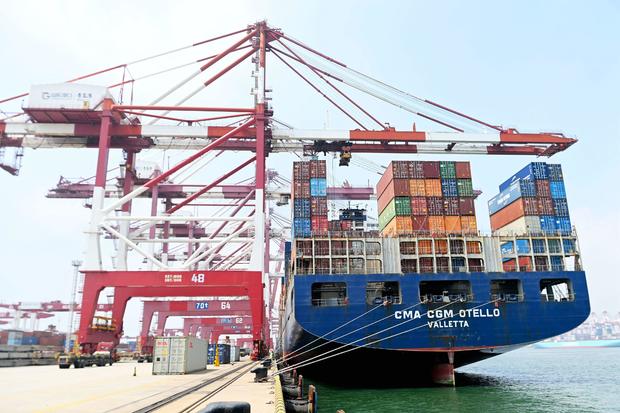The recent three-day dockworker strike that disrupted East and Gulf Coast ports has highlighted the crucial role dockworkers play in the US economy.
This vital workforce is responsible for loading and unloading billions of products, from food to vehicles, that keep the nation’s economy running smoothly.
While the strike has ended, the underlying labor dispute underscores how advancements in automation, artificial intelligence, and other technologies are reshaping operations within America’s supply chains and various industries.
“We’re really at a moment here where we’re talking about the future of work and what that looks like in America and around the world,” said John Samuel, managing director at consulting firm AlixPartners.
On Friday, a tentative agreement was reached between the International Longshoremen’s Association (ILA) and the United States Maritime Alliance (USMX), providing dockworkers with an immediate pay increase of $4 per hour and a $24 per hour raise over the next six years. However, concerns regarding automation and its implications for the workforce remain unresolved.
Dockworkers traditionally handled freight by manually transferring boxes, bales, and bundles from ships to storage and eventually onto trains. This labor-intensive process was commonplace until the late 1950s. Today, dockworkers primarily work with standardized cargo containers, which can be easily transported by ship, rail, or truck.
Modern dockwork involves operating machinery, tracking cargo, and maintaining records.
“It’s all about operating the lifting equipment required to move the containers around,” explained Kent Gourdin, professor and director of the global logistics and transportation program at the College of Charleston.
Dockworkers also coordinate with trucking companies for the transport of containers, ensuring that cargo is secured properly.
While operating heavy machinery is less physically demanding than past methods, dockworkers still face the challenges of working outdoors and in environments with heavy equipment.
“Whereas back in the day it was labor-intensive, today it’s mainly about operating machinery,” noted Henry Sims Jr., president of ILA local 3,000 in New Orleans.
Automation technologies have been gradually adopted across the ten largest US ports. According to a March report from the Government Accountability Office, these technologies include automated gates for truck and container movement, port community systems that streamline logistics, and advanced tracking systems using RFID, GPS, and cameras.
While semi-automated terminals still rely on dockworkers to operate machinery, fully automated ports—such as the Long Beach Container Terminal and TraPac in California—handle all container movements with minimal human interaction. This includes the use of AI sensors and blockchain technology to enhance operational efficiency.
Despite the advancement of automation, industry experts like Chris Tang emphasize that human workers remain integral to port operations.
“Machines, I think, can do the job as well, but people are faster,” Gourdin said.
He acknowledged the inevitability of more automation in US ports.
As automation technology continues to reshape the dockworker landscape, the demand for balancing worker rights with technological evolution remains critical. Some experts advocate for reducing the labor force in US ports by 50% within the next decade, arguing that this could lead to increased wages for remaining workers and lower shipping costs for consumers.
However, this vision contrasts sharply with the dockworkers’ union’s objectives, which include a strong stance against the adoption of automation. The ILA’s demands for “absolute, airtight language” prohibiting automation at East and Gulf Coast ports highlights the union’s commitment to preserving jobs in the face of technological advancements.
The ongoing negotiations between the ILA and port employers will be crucial as they address worker concerns and the future of port operations. The US faces a pressing need for increased port capacity to accommodate growing consumer demand, which may necessitate embracing automation to enhance efficiency.
With input from the Wall Street Journal and CBS News.









